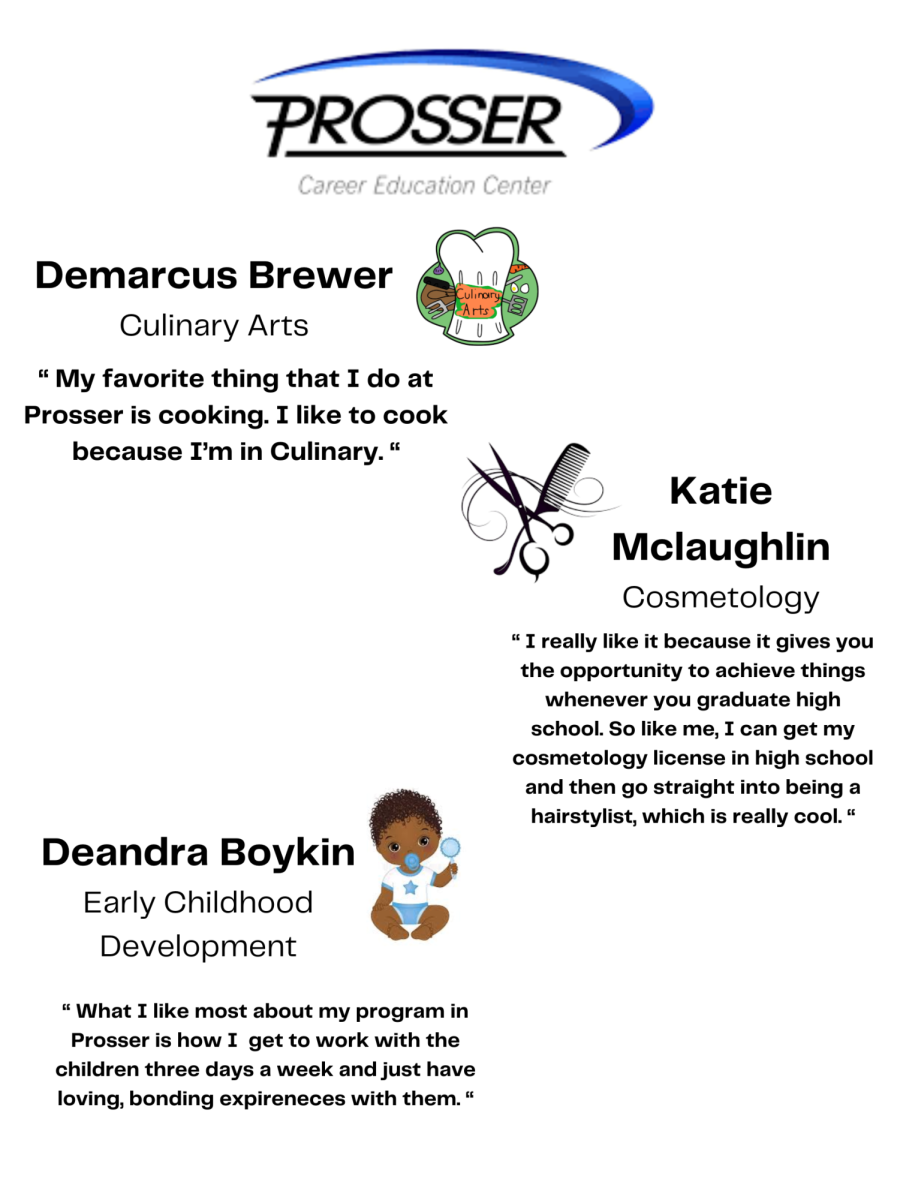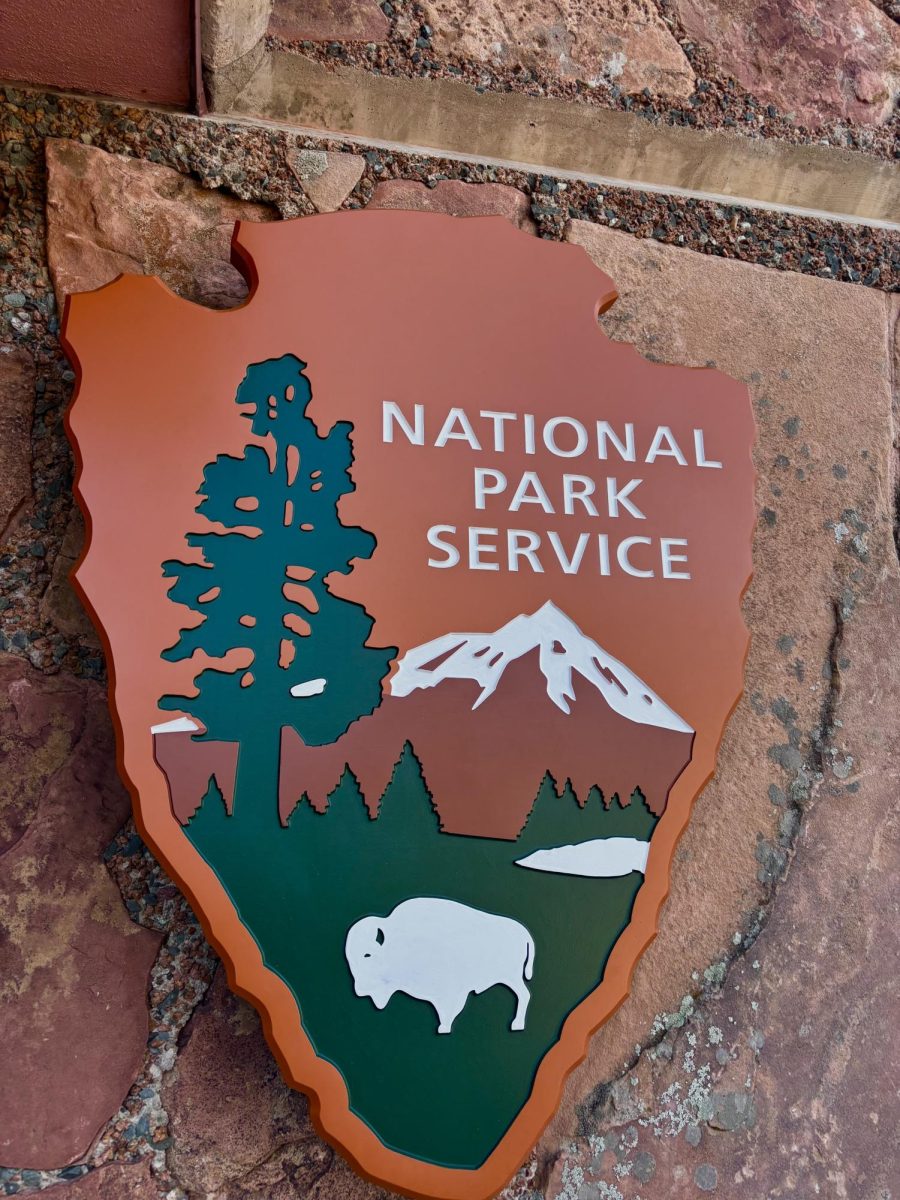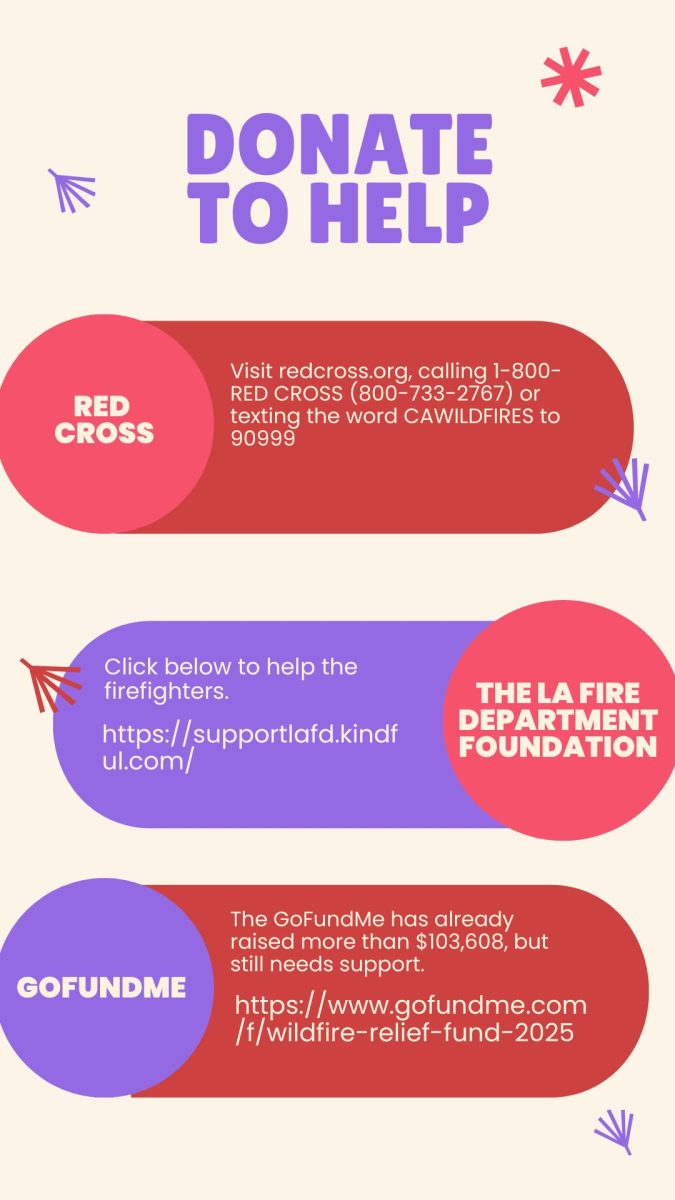
Same day. Same time. Every year.
Halloween is a well-known holiday, and is one of the oldest holidays in the world, according to the History Channel. However, people have started to question the safety of this popular holiday.
“I always check my candy after I trick or treat,” sophomore Ruby Laffin said. “Luckily I haven’t found anything.”
According to CBC News, Razor blades, sewing needles, and even poison have been found in children’s Halloween candy and reported to the police. Luckily nobody was harmed in these incidents.
“I look for drugs and razor blades mainly,” Laffin said. “Really, just anything that doesn’t belong.”
Some parents may be uncomfortable with their children trick-or-treating because of this threat, however, according to Verywell Family, it is very rare that there is anything abnormal in candy given out on Halloween. Science teacher Amanda McCoy has twin girls, but she doesn’t go trick or treating with them, they go with friends instead.
“I haven’t checked my kids’ Halloween candy in years,” McCoy said. “I compare the risk to being hit by a bus, technically possible but pretty unlikely.”
The first thing that comes to most people’s minds when trick or treating is candy. Most forget a worse danger, cars. About 43% more pedestrians are killed on Halloween night than any other night of the year, according to UPMC HealthBeat.
“I worry about my kids trick or treating in my neighborhood the same amount I worry about them on any other day they go to meet up with friends,” McCoy said.
Most of these dangers, however, have been around since the start of the holiday. So as long as children are safe when trick-or-treating, these dangers don’t make a difference to most.
“[My family] has always trick-or-treated in nicer areas, so we’ve had that privilege where we don’t have to check our candy,” junior Shayanne Ferguson said. “I’ve never not participated in Halloween in some way.”
According to Ergobaby, most children start trick-or-treating between the ages of three and four and stop around the age of 16. It is recommended that children under the age of ten have an adult with them for safety reasons, according to the Times Magazine.
“I like to trick-or-treat with my family and with my little brother,” Ferguson said. “I just like to see him look at all the costumes.”
Trick-or-treating has become the way people celebrate Halloween, Ferguson says. Halloween can also be a different experience if someone buys a costume or makes it homemade.
“I like to make my costumes homemade.” Ferguson said, “[I prefer] scarier costumes. I feel like that’s the point of Halloween.
The FDA suggests wearing bright, reflective costumes or adding strips of reflective tape for visibilty; make sure the costumes aren’t so long there is a danger of tripping. Happy Halloween and stay safe!






